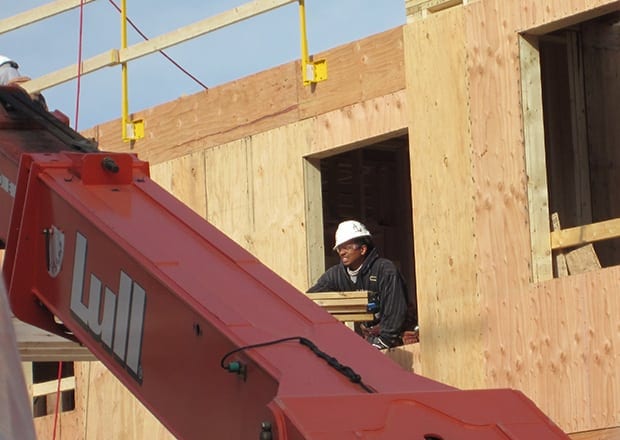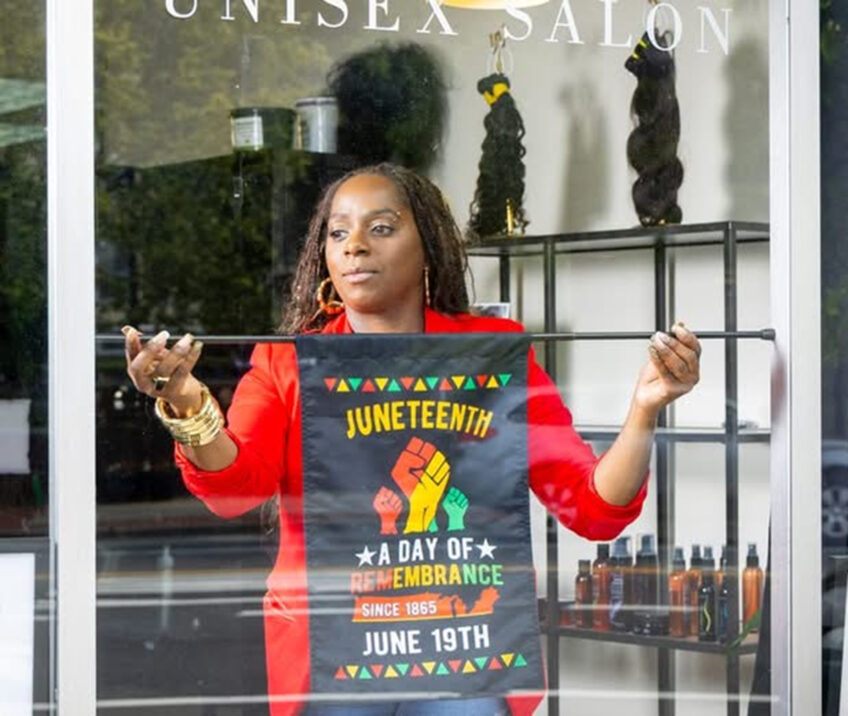
An examination of the numbers, shows that much of the work done in Boston still falls short of the expectations for using city residents, workers of color and women, but some recent projects have begun to set a strong example of how to find success in adhering to the city’s job policies.
Almost three decades ago, the City of Boston established the Boston Residents Jobs Policy to help to increase employment opportunities for Boston residents, workers of color, and women on city-funded construction projects and to monitor for compliance with labor standards and prevailing wages on federally funded projects. Part of these efforts also established an office to track this compliance and a Boston Employment Commission to oversee the work.
The Boston Residents Jobs Policy set standards for city work that dictated at least 50 percent of the total employee work hours in each trade shall be by Boston residents; at least 25 percent of the total work done shall be by minorities; and at least 10 percent of the total work done shall be by women.
The city continues to track these numbers and the most recently report, covering a period from Sept. 28, 2013 to Jan. 4, shows that overall contractors are being successful in their efforts with minorities, but lag behind in the other categories. During that period, 35.4 percent of the work was done by Boston residents; 36.4 percent was done by minorities; and 5.9 percent was done by women.
However, a closer examinations of the numbers shows that, even though the minority numbers are higher than the targeted 25 percent overall, some projects have high percentages of minority workers and other projects have none at all.
The city has long been thorough in tracking the paperwork required around the Boston Residents Jobs Policy and informing developers and contractors of what is required, making them sign a contract agreeing to make a “good faith effort” to meet the numbers.
But critics contend the gray area of “good faith effort” is where the trouble comes in.
The city does have the ability to withhold payments, sanction suspension of payments, terminate a contract, seek liquated damages on contracts and deny participation in future contractors based on failure to comply with the jobs policy. The city can also call in contractors to meet with them and essentially warn them of the repercussions if they are not in compliance.
In practice, the complexities of most construction work — with many contractors, subcontractors and workers coming in and off projects on a daily basis — makes it a constant battle. And the success often comes when developers take the onus.
Several current building projects on Quincy Street in Dorchester have had success in exceeding the Boston Residents Jobs Policy numbers.
A culmination of work by a number of organizations, including Dorchester Bay Economic Development Corp., Quincy Geneva Development Corp., Dudley Street Neighborhood Initiative and Project RIGHT, there are three projects along Quincy Street which have showcased that success can be found in putting Boston residents, minorities and women to work on city developments.
There is close to $80 million in work involved in the projects, which call for the renovation of an existing housing development into new housing, new housing from the ground up and the development of the Pearl Small Business Food Production Center, which will help startups and small food businesses get off the ground. The Quincy Heights housing will be built in two phases and will result in over 120 affordable housing units. The project is backed in part by a $20.5 million U.S. Department of Housing and Urban Development Choice Neighborhoods grant, which is targeted to re-develop distressed housing into affordable housing.
According to Jeanne DuBois, executive director of Dorchester Bay EDC, they set even higher standards than the Boston Residents Job Policy for the work going on along Quincy Street. The goal for the projects workers is for 51 percent Boston residents, 51 percent minorities and 15 percent women.
DuBois said that the aim was to try and be a showcase for success in diversity in the workforce, which is why the target numbers were made even higher than the Boston Residents Job Policy suggests or the minimum suggested from organizations such as the Massachusetts Minority Contractors Association, which sets the line at 30 percent minorities and 10 percent women.
“We are glad for this to be a pilot or test case,” DuBois said. “We want to be held accountable for those goals.”
Partners on the projects — at least four different organizations — have been tracking the numbers and coming out with a report every two weeks to make sure the projects hit the target when all the work is done toward the end of 2014, which is the current estimated finish date on the work.
The most recent report shows 57 percent Boston residents, 67 percent minorities and 8 percent female workers on the housing renovation project of Quincy Heights; 48 percent Boston residents, 60 percent minorities and 8 percent females on the new housing; and 57 percent Boston residents, 63 percent minorities and 12 percent females on the Pearl center project.
While the projects have soared in the amount of minority workers and toed just above the line with Boston residents, they have also shown the challenge of finding female workers to hit the numbers.
But DuBois is still very encouraged and says their constant attention has been paying off and will continue to pay off and she is confident that, when all is said and done, the projects will be able to hit the higher standards that have been set out.
“They key to the success was the willingness to create a new normal and say we were going to do better,” DuBois said.
John Mahony, project manager for Quincy Heights, said he is constantly making an effort to work with contractors and subcontractors to lay out what is expected in employee numbers and making sure, even on a daily basis, they are hitting them — and being quick to point out when they are not.
“It is a lot of work — that is what it boils down to,” Mahony said. “It is a lot of work every single week.”
Beth O’Donnell, project director for Quincy Heights, emphasized that the work was definitely worth the effort and the continual attention to the employee numbers sends a message to all involved in the projects.
“I think that we have demonstrated that we are serious about it by talking about it at every construction meeting once a week, but being consistent and persistent about it,” O’Donnell said.
O’Donnell uses the term vigilant to describe the efforts and says it starts before contractors or subcontractors come on the site to do work.
“We are also trying to stay ahead of the game. A subcontractor could come on site and say they are compliant but by the time we figure out they are not they are gone already,” she said. “In our contract we require that the owner has two weeks to approve any subcontractor that the general contractor is going to use, so we have an opportunity to screen them and one of the major factors is their previous record on minority hiring.”
Quincy Geneva has also gone as far as helping to train local workers for some of the work available on the projects, and has been providing contractors with lists of local residents who are available for hire.
While some might see the extra effort superfluous to the development and construction process — as the history of poor numbers on workforce diversity show — DuBois does not agree with that view.
“It took work and time but it is really more — it took commitment,” DuBois said. “If everybody is committed it is not so hard.”






